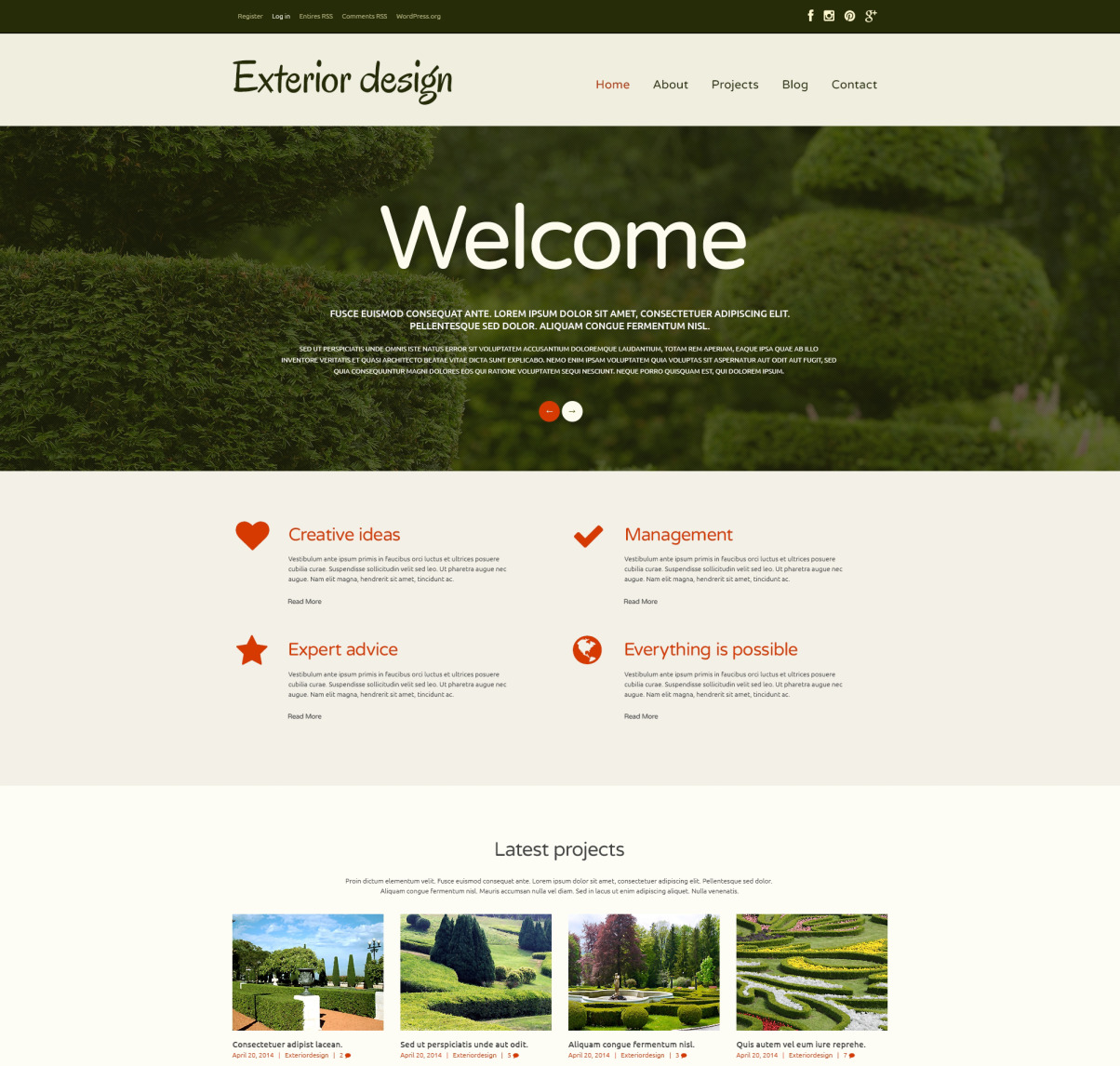


- WORDPRESS RESPONSIVE LAYOUT HOW TO
- WORDPRESS RESPONSIVE LAYOUT FULL
- WORDPRESS RESPONSIVE LAYOUT ANDROID
Containers, Children, and Flexīefore you start coding your first flexbox, there are some important concepts that you need to understand first. With this in mind, you don’t need to choose between the two – use grids for layouts and flexbox for content within that layout.

While this is only a concern for users with slower internet connections, it still poses a problem for user experience. As more containers load, the full-width horizontal display adjusts and shrinks to include the surrounding elements.Īs developer advocate for Chrome Jake Archibald notes in his article Don’t Use Flexbox for Overall Page Layout, what an end user sees is a sudden jump of the layout from content appearing as full-width to the actual size, which may be a lot smaller. The content that shows up first gets stretched horizontally to fit the entire screen. The difference lies in the way flexbox inherently interacts with major browsers that load progressively. Grids are ideally used for creating an entire layout. Rather, it’s better suited for styling separate containers such as your main content area, sidebar, header and other similar sections.
WORDPRESS RESPONSIVE LAYOUT FULL
While flexbox is technically capable of creating a full layout for your theme, it’s not designed exclusively for this purpose. There’s a subtle difference between the two which makes one suitable for creating complete layouts and the other not so much. I recently wrote about grid layouts, a similar improvement to CSS also designed for better layouts.
WORDPRESS RESPONSIVE LAYOUT ANDROID
The cool thing is that even though flexbox isn’t yet officially a part of CSS3, all major browsers support it including Android and iOS. Size is also flexible since elements can grow to occupy unused space or shrink to prevent overflow. You can choose the order of elements on the page and reorder them, align your content from right to left with a single property, or even add any number of columns to your page.

Using flexbox, a container and its children can be arranged in any direction: Left, right and even up or down. The module designed to enhance the CSS box model by allowing containers and their contents to be flexible.
WORDPRESS RESPONSIVE LAYOUT HOW TO
In this post, I’ll walk you through how flexbox works and how to add it to your WordPress stylesheet so your website is up-to-date with the latest CSS standards.Ĭontinue reading, or jump ahead using these links:įlexbox is one of the first modules designed for actual layout and makes styling with CSS easier and, in some cases, actually possible. It’s most important feature is the ability to modify the width or height of its children to fill the available space in the best possible way on different screen sizes. Oh man, remember how hard it used to be to vertically center content on your site? If you’re struggling with the words “used to be” in that last sentence, you obviously haven’t yet cottoned onto flexbox.ĬSS wasn’t originally designed to handle the complex template styling that we see on the web these days, forcing developers to come up with CSS hacks to get content looking right.įlexbox, or flexible boxes, is a relatively new layout module in CSS3 designed to improve item alignment, direction and order in a container even when it’s dynamic or of an unknown size.


 0 kommentar(er)
0 kommentar(er)
